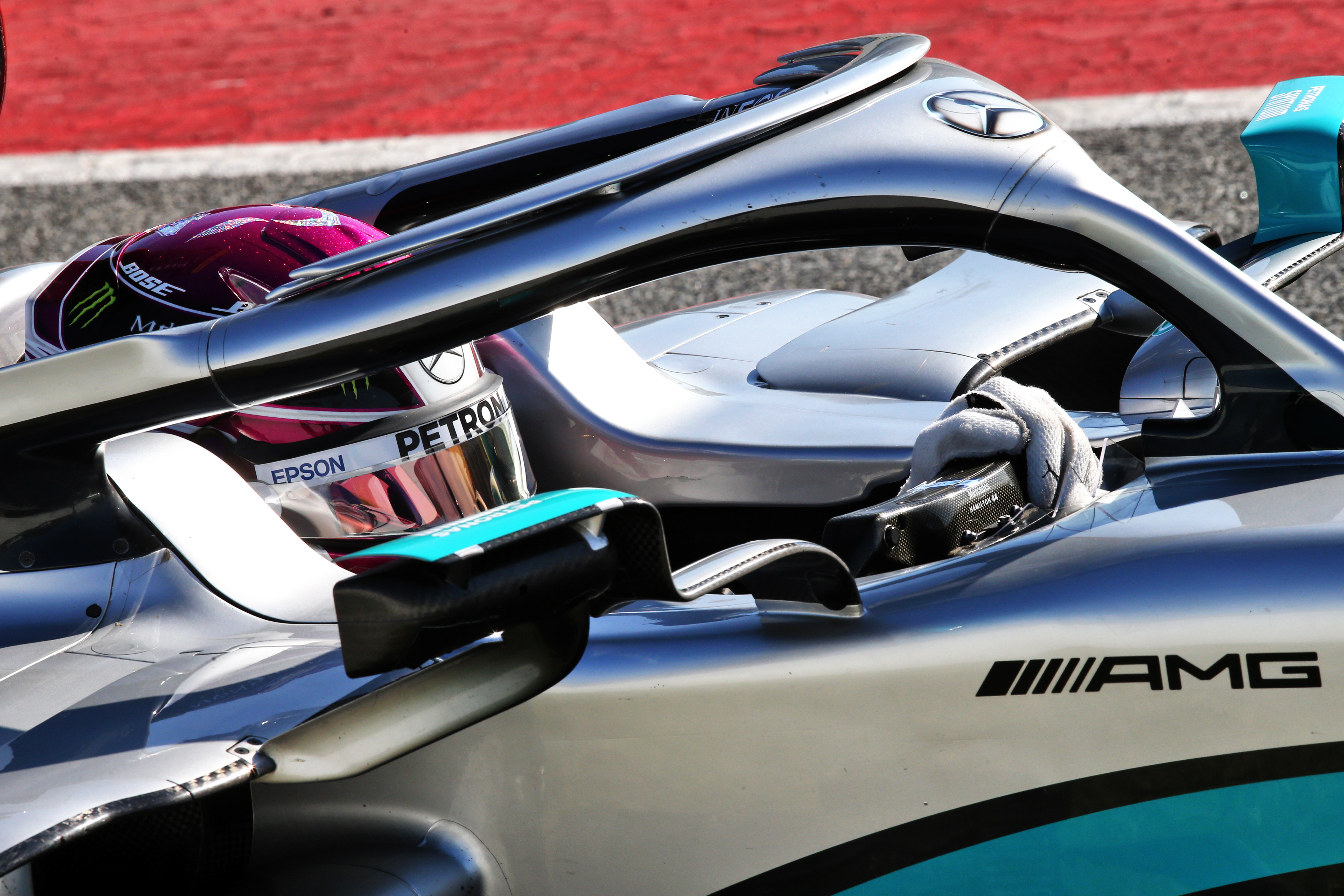Up Next

On the surface, Mercedes’ pre-season looks like it could be swapped with any other from the V6 turbo-hybrid era: it has a fast car and completed lots of laps, showing its rivals the way once more.
And there is definite positivity within the Mercedes camp about its W11. It seems to be compliant, looks good on-track, and leads the way in initial analysis of one-lap pace and long runs. Both its drivers were positive about the platform they have to work with.
“I understand the car well,” says Lewis Hamilton. “So I’m confident in terms of getting in the car in Melbourne [and being] able to attack and extract the most from it.”
However, there is a warning attached to Mercedes’ pre-season performance. For now, the spectre of unreliability is looming in the background.
Mercedes has gone to significant lengths in the pursuit of greater engine performance but that has not been an entirely serene process.
The works team had to use three engines over the course of testing and it is understood Hamilton and Valtteri Bottas had to run with the power unit turned down slightly on the final day, out of precaution. Customer team Williams also had more than its fair share of engine setbacks, including an MGU-H issue that was spotted in the first week on the works car as well.
Mercedes has established itself as F1’s clear benchmark since 2014 for a reason, though, and work is already well under way to identify the causes of the issues and introduce appropriate countermeasures.
If it heads to Australia without the reliability concerns that led Hamilton to say his team is fighting “plenty of problems”, the consensus is Mercedes will be the favourite. It appears to have won the testing war, but that will be the victory it cares least about in 2020.

Gary Anderson’s trackside verdict
Watching all around the circuit, the Mercedes does look exceptionally good.
The Mercedes looks very strong into Turn 1 and the drivers have a lot of confidence in the rear of the car, which is what you need to turn the steering wheel aggressively. The drivers can also keep a tight line to get through Turn 2 with the throttle flat and then carry the speed into the long Turn 3 right-hander.
At Turn 8, when they ride the kerb going up the hill, the car is very good over the kerbs. It moves, but it moves in a controlled way. It’s also consistent in the slow corners in the final sector. The Mercedes just looks all-round good, which is better than it has looked in pre-season testing previously when it has sometimes appeared to be on a bit of a knife-edge.
The car is very stable, looks good on the brakes, turns in well, the gearchange is crisp. All of the boxes appear to be ticked.
The data
Best time: Fastest of all (Bottas, 1m15.732s, Friday week one)
Mileage: 903 laps, the most of any team

In the news
Mercedes provided the immediate sensation of testing when its dual axis steering innovation was revealed by the increased television coverage of this year’s test.
The excitement over it was as much delight at a modern F1 team being able to find a unique new trick as it was about the potential performance benefit DAS may bring.
Mercedes’ sheer raw speed caught the eye in week one, and there was plenty of praise for its car’s engine and chassis performance.
But mounting failures in the second week began to ring alarm bells.



